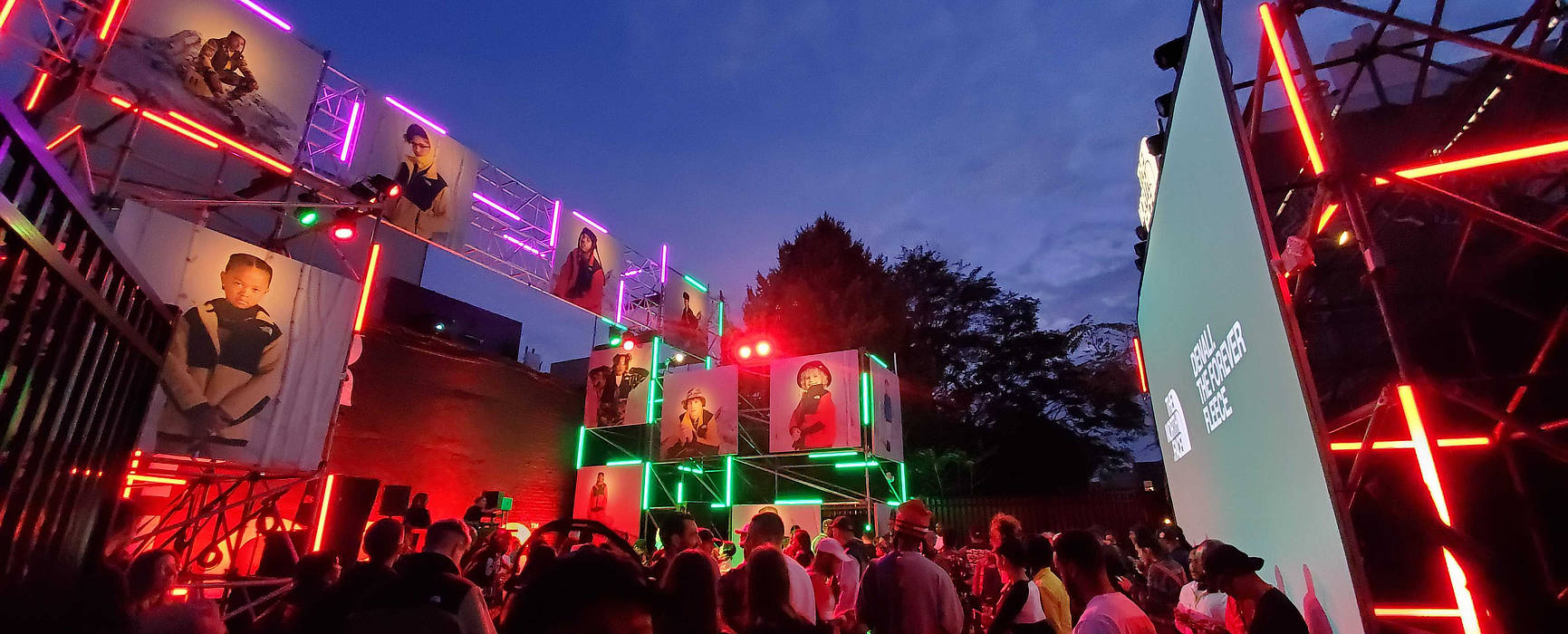Mastering the Art of Flawless Video Mapping on Curved Screens for Breathtaking Visual Audience Experiences
Mastering the Art of Flawless Video Mapping on Curved Screens for Breathtaking Visual Audience Experiences
Blog Article
Film projection is an exciting technology that enables visuals and videos to be projected onto surfaces, creating breathtaking visual experiences. When it comes to curved surfaces, perfecting this craft can be a bit more difficult than projecting onto level surfaces. Curved areas can encompass various elements from the facades of structures to art pieces and even stages. Grasping how to effectively project videos onto these shapes is crucial for creators, designers, and event planners who want to develop engaging environments that captivate audiences.
The initial phase in video mapping on rounded surfaces is to understand the geometry of the area. Rounded surfaces can be intricate, with different degrees of bend. To attain a seamless projection, it is vital to build a 3D representation of the surface. This model helps in imagining how the footage will look when projected. Software tools are accessible that allow users to develop these models and simulate the projection. By accurately mapping the measurements and shapes of the area, designers can guarantee that the video matches perfectly without distortion.
Once the 3D model is prepared, the following phase is to prepare the video content. This involves modifying the footage to suit the specific form and dimensions of the curved surface. It is crucial to take into account the angles and sightlines from which the viewers will view the projection. The material should be designed to improve the visual encounter, making it engaging and pertinent to the concept of the event or installation. Using premium graphics and motion graphics can significantly improve the total effect of Learn More the display.
After preparing the material, the actual display process begins. This includes setting up the projectors at the correct angles and spaces to guarantee that the video aligns with the 3D representation. Adjustment is a crucial part of this process. It may require modifying the luminosity, differentiation, and focus of the projectors to obtain the best results. Additionally, using multiple devices may be required to cover larger or more intricate areas. This technique, known as edge blending, helps form a continuous visual across the entire surface.
Ultimately, trialing the projection is essential before the final show. This enables designers to make any required modifications to the footage and projector settings. It is also an opportunity to see how the viewers will perceive the projection from various viewpoints. By confirming that the video mapping is perfect, designers can provide a stunning visual encounter that leaves a memorable impact. Mastering footage mapping on curved areas not only improves creative output but also opens up new possibilities for narrative and audience engagement in multiple settings.